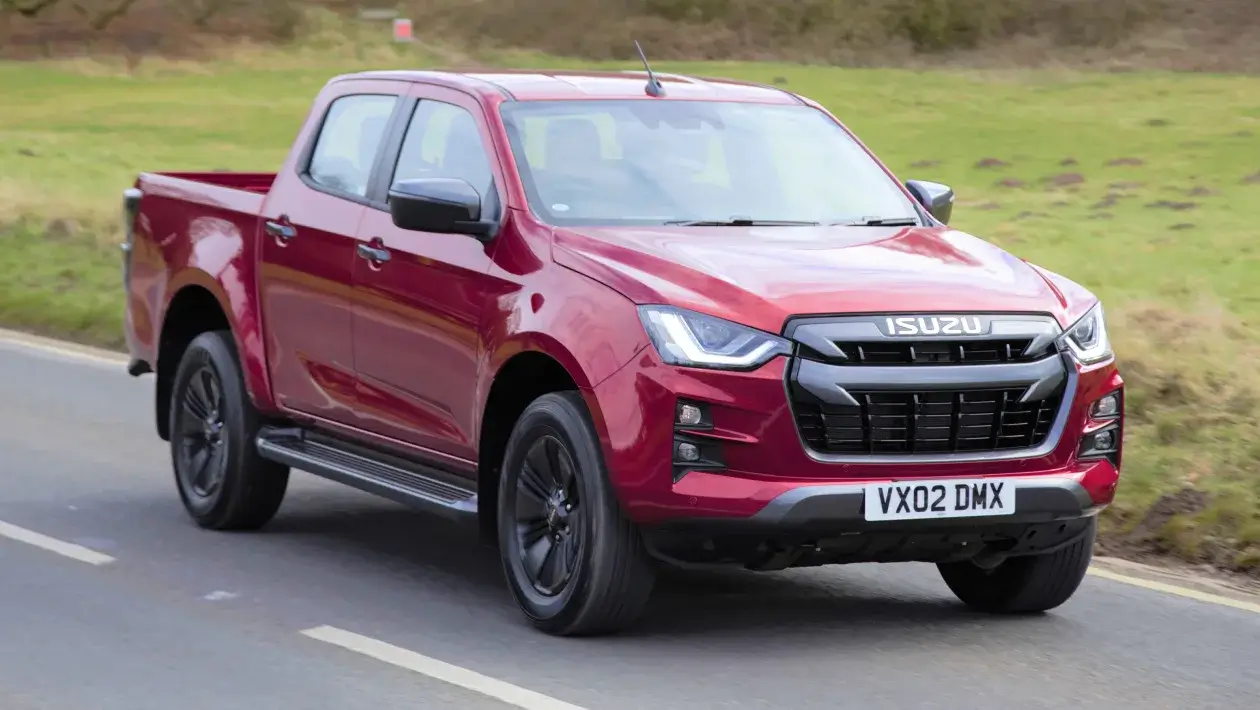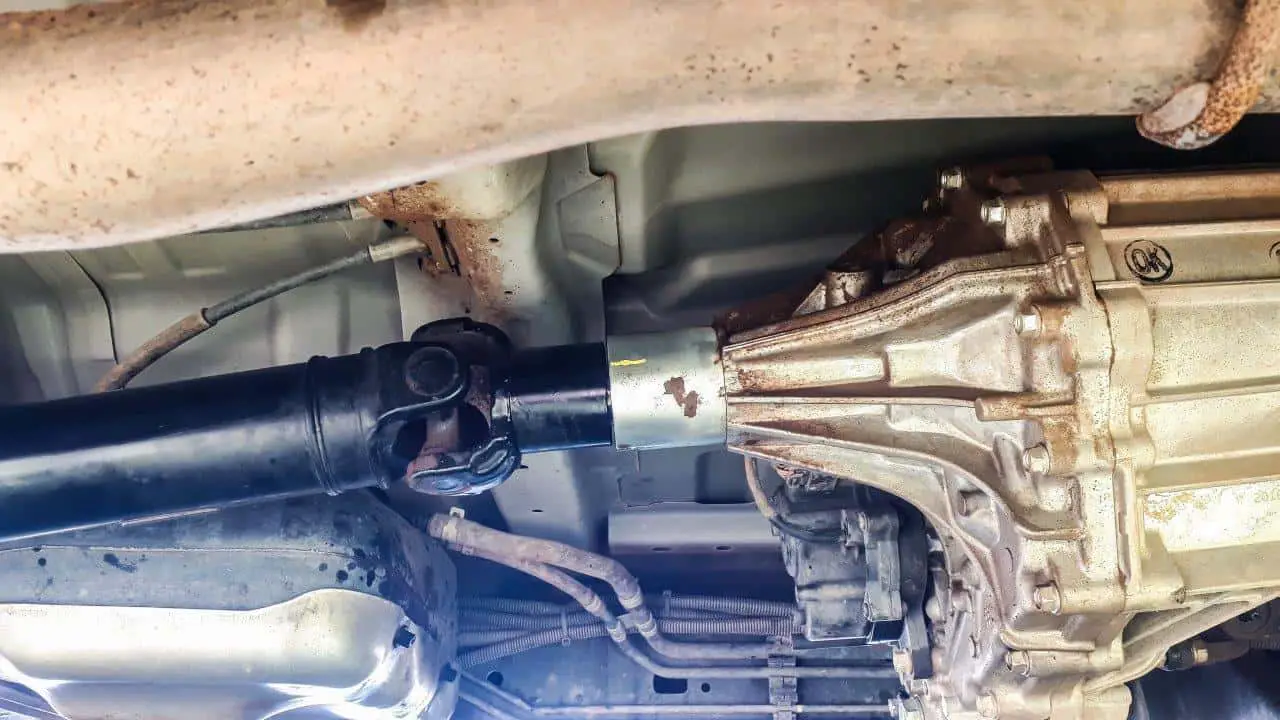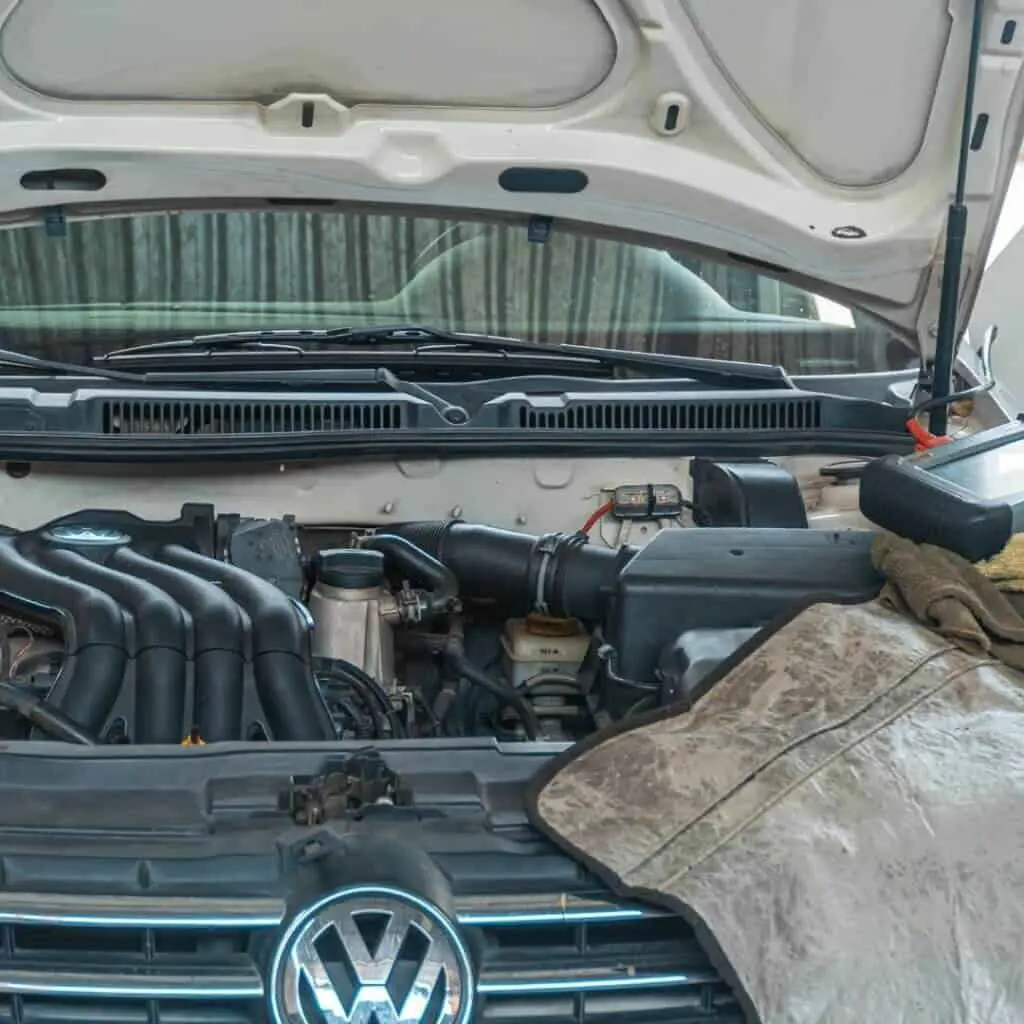Are you familiar with Isuzu D Max problems that may occur?
The D-max is a popular choice for those who need a safe and reliable car that does what it’s supposed to do. The D-max comes in various configurations- single cab, space cab, crew cab, and 4×4 or 4×2 options. It has a range of diesel engines such as the 2.5L 4JK1-TC engine, the 3.0L 4JJ1-TC engine, and the 1.9L RZ4E-TC engine.
One of the best features of the D-max is its ability to tow heavy loads up to 3.5 tonnes- depending on the vehicle’s configuration. It also has a high payload capacity, some trucks carrying up to 1 tonne of cargo.
There are a few things to note when deciding to purchase the D-max or if you’ve already purchased the D-max. Let’s look closely at some of the problems you may encounter across the D-max range.
Isuzu D max Problems

Common issues of the D-max include engine problems like overheating, issues with the EGR, turbocharger failure, and DPF clogging. Other problems include issues with front CV and rear differentials.
- Overheating
One of the most common D-max engine problems is overheating. The Dmax can heat up while towing heavy loads up winding roads. This heat can transfer to the radiator coolant heating the engine.
A faulty thermostat is the most common cause of overheating in the D-max. The thermostat is responsible for regulating the flow of coolant into the engine. If the thermostat doesn’t function properly, the engine will overheat.
A damaged or clogged radiator is another cause of overheating in the D-max. The radiator dissipates heat from the coolant. If it becomes clogged or damaged, it will hinder proper heat transfer.
A failing water pump is also another cause of engine overheating. The water pump is responsible for circulating coolant throughout the engine. If it fails, the coolant cannot circulate which results in the engine overheating. [1]
- EGR valve issues
The D-max comes with a 1.9L or 3.0L turbo-diesel engine making it ideal for long drives or off-road driving. If you are a city driver, you will most likely have problems with the Exhaust Recirculation Valve(EGR).
In line with emissions controls, an EGR valve allows the engine to consume a percentage of its exhaust gas in cleaning up tailpipe emissions by burning that portion of exhaust twice.
The EGR valve also ensures that the crankcase fumes get burned in the engine and don’t escape into the atmosphere. These exhaust gases that take a second trip through the engine contain soot, a component of diesel exhaust emissions.
When the soot combines with oily fumes from the crankcase in the EGR, the oil and soot can quickly turn into a black, sticky gunge. This soot can clog up your EGR valve, coating the inlet manifold and reducing its diameter.
This problem is a common problem with vehicles that run on diesel engines, and the fact that the D-max uses only diesel engines makes this problem worthy of note.
Other symptoms may include a check engine light, poor starting, loss of power, reduced fuel economy, and rough idling.
Getting your D-max to highway speeds will help you avoid soot and oil build-up in your engine. If you do only city driving, ensure to get it cleaned at every service to avoid any issues that may arise. [2]
- Rear differentials problem
The differential is a gearbox located between the drive wheels. The D-max is a four-wheel drive having both front and rear differentials. Some 4×4 vehicles have a center differential. The responsibility is to transmit power from the engine to the axle that moves the wheels and allows the wheels to move at different speeds from each other.
A common problem with the older D-max models is the absence of rear differential locks. A differential-lock secures the differential in place, making all the wheels on the axle move at the same speed. This lock transmits equal power to all the wheels which is needed when handling rough terrain.
The absence of these rear differential locks makes off-road adventures very tricky. However, newer models now have rear differential locks as a standard on all 4WDs. But this locking rear differential is not without its faults. The actuator on its rear end is exposed, leaving it unprotected from damage from rocks and debris especially when off-roading.
- DPF clogging
This is usually due to over-fueling, a lack of air or a sensor fault. The diesel particulate filter (DPF) is the way forward for cleaning up emissions of diesel engines. The DPF is responsible for trapping some of the harmful emissions and storing them. But it won’t burn them off until a later date until the DPF is running at a high enough temperature to do so.
So, you have to get the engine and exhaust system hot enough to burn off the emissions. So, just like EGR, if all you do is city driving, the DPF will be full of soot pretty soon.
- Creaky Joints
The Isuzu D-max is known for experiencing a short front CV joint life. The D-max’s CV seems to be at a disadvantage from the factory, with the differential sitting slightly further back than in other vehicles putting them under more stress.
There is a lot of wear and tear associated with big wheel articulation, big tires, and attacks from water and other contaminants. Also, if your wheel comes off the ground and lands hard with the tire still spinning, your chances of breaking a CV are very high.
- Turbocharger failure
The turbocharger compresses the air that enters the engine for efficient combustion and increased power output. Turbocharger failure can be brought about by wear and tear over time, low-quality/contaminated oil, and damage by foreign objects.
To prevent turbocharger failure, have the oil and oil filter changed regularly. Also, regular inspections and servicing of the turbocharger are crucial.
How to Solve Isuzu D max problems

Regular maintenance and timely repairs can help prevent overheating problems in the Isuzu D-max. Have the cooling system examined and serviced regularly and fix any issues as soon as they arise.
Many workshops use an aerosol spray which is introduced into the engine while it’s running and cleans the soot deposits. This cleaning can easily cost 100$, but it’s still cheap compared to the alternative which is to disassemble the EGR valve, the inlet manifold, and plumbing and manually clean it. Even if you go down the latter route, there is no guarantee that the EGR valve will come to life.
A solution that we would strongly advise against is blocking off the EGR valve to prevent it from working at all. As you may as well know, this is illegal, and you’ll be fined heavily for tampering with an emissions-control system.
Sometimes, firing up that engine and having a good run at a decent speed generates enough heat to burn off the soot deposited in the DPF filter.
Other times, you may have to go to a workshop to have the DPF filter cleaned manually or even replaced. One of the most important things to get precisely is the right oil; if you run non-DPF suitable oil, it will block the DPF in no time, and you’ll have all sorts of issues. [3]
The best solution to worn CVs is to replace them as with any other service and never worry about them again. Look out for any click-clack sound because it is a tell-tale sign of a worn CV. Also, make sure the rubber boots are always in good shape.
It is essential to get your turbo inspected/replaced as soon as you notice symptoms of a problem. Continually driving with a damaged turbo will almost certainly result in engine failure. [4]
A faulty rear diff lock shouldn’t be a deal-breaker because there are various aftermarket accessories that you can bolt on to protect the actuator.
Related: Isuzu MUX Problems
Final Thoughts
Over the years, Isuzu has worked hard to address these issues with more improvements made to the D-max’s design and components. Isuzu D-max is a capable and reliable truck that continues to be a top choice for drivers who need a vehicle that can handle off-roading and heavy loads.
Read Next: Lincoln Corsair Problems




